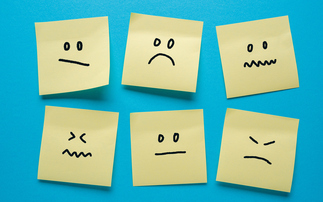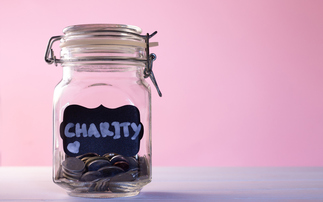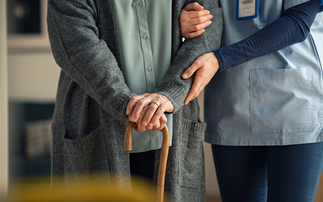A third of 33% of women aged over 65 needed help with at least one activity of daily living (ADL), compared to 23% of men, according to the Statistics from the Health and Social Care information centre.
Help with such tasks however had been received by 14% of women, compared to 11% of men, with 29% of woman having unmet needs with ADLs.
An ADL is defined as an activity relating to personal care, such as dressing, while Instrumental Activities of Daily Living (IADLs) are those needed for living independently, such as shopping.
For both genders the most common ADL people struggled with was climbing the stairs with over a quarter of women and nearly a fifth of men struggling with them.
Bathing/Showering and dressing came next, followed by getting in and out of bed.
Except for taking medicine, in all categories across both genders most could accomplish the task but with difficulty.
The need for care increases by age, in the 85+ age group over half of women struggled with climbing stairs compare to just under 40% of men.
People in the highest income bracket required the least help with ADLs and IDLs, with households with the lowest income requiring the most help.
Women in both the middle and lower income brackets however were equally likely to receive help with ADLs, 15% getting help. The highest income bracket also saw the lowest level of help.
For both men and women a spouse or partner was the most likely volunteers to offer help, followed by daughters then sons.
Thomas Kenny, head of technical pricing at Partnership, said: "Today's report from the Health and Social Care Information Centre provides much needed granularity around care needs by gender and income as well as information on the care givers and the daily activities people need support with.
"The research highlights the fact that for most people care is provided by their friends and loved ones - sometimes to the detriment of their own emotional and financial wellbeing.
"That just under a quarter of men and a third of women over 65 have a care need confirms that thinking about potential care needs in retirement should be something that everyone considers when making financial plans for their retirement.
"It is interesting to note that in the 21st century, women remain the gender which picks up the bulk of the care giving - either for their spouse or their parents. That 19% of men and 29% of women need assistance with one or more activity of daily living but do not receive it - is worrying.
"It suggests that there may come a moment in the ‘care cycle' when someone needs more support than their family can provide and that people need to be aware of these needs developing so they can take steps to help. This does not have to be a care home but can include assisted living arrangements, moving in with family or arranging for domiciliary care."











